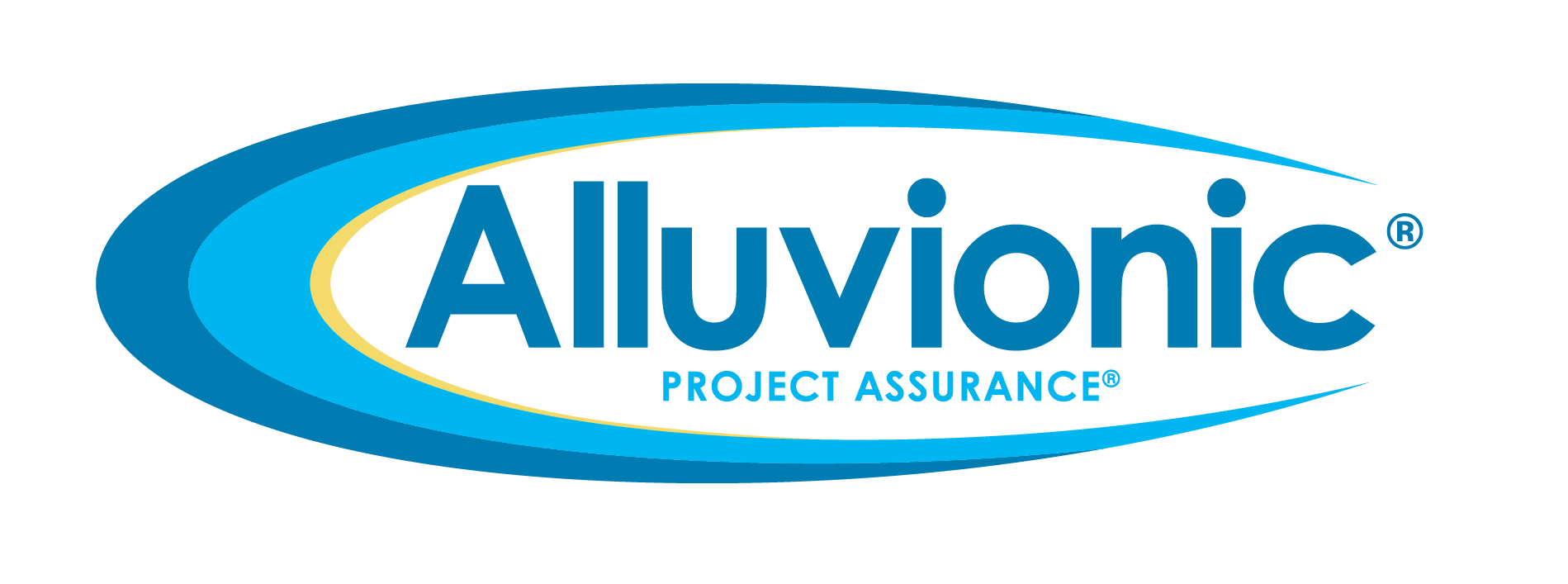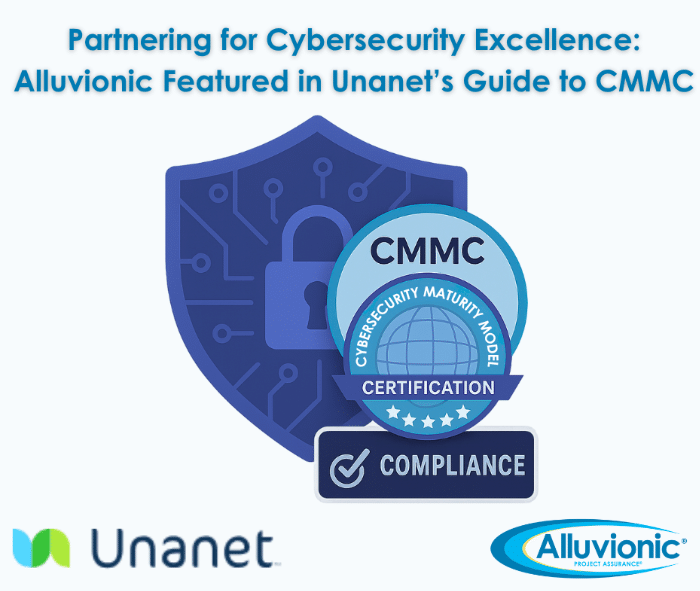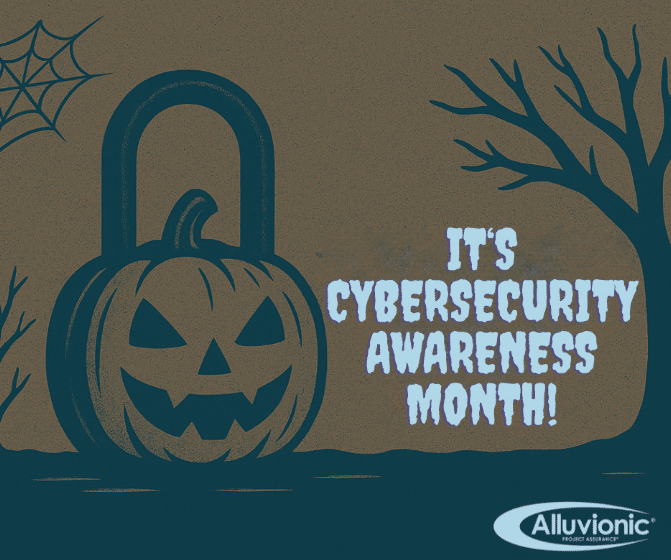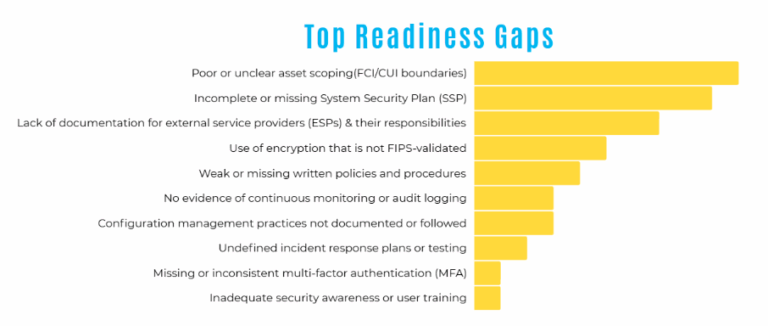
The System Security Plan (SSP) is the cornerstone of your cybersecurity compliance efforts, including the Cybersecurity Maturity Model Certification (CMMC). It serves as a blueprint for how your organization protects sensitive information and demonstrates compliance with regulatory requirements. However, crafting an effective SSP requires more than filling out templates. It demands detailed documentation, ongoing updates, and alignment with your actual security posture.
This guide covers everything you need to know about SSPs, including their purpose, requirements, common challenges, and actionable solutions.
What Is an SSP, and Why Is It Important?
Definition
An SSP is a formal document that outlines your organization’s cybersecurity practices, controls, and procedures for safeguarding sensitive information like Controlled Unclassified Information (CUI).
Purpose of an SSP
While an SSP offers several benefits, its primary purpose is to address the following key objectives.
- Documentation of Compliance: Demonstrates how your organization meets specific security requirements (e.g., CMMC Levels 1-3).
- Operational Blueprint: Acts as a reference for your security teams and assessors to understand your cybersecurity measures.
- Risk Management: Identifies vulnerabilities and sets a framework for mitigation strategies.
- Regulatory Requirement: Many frameworks, including CMMC, require a detailed SSP to pass assessments and win contracts.
Why You Need an SSP
Without a well-crafted SSP, your organization risks non-compliance, penalties, or losing contracts. Moreover, an SSP provides a clear plan for addressing cybersecurity risks, helping you proactively manage vulnerabilities instead of reacting to threats.
Core Components of an SSP
Creating a robust SSP is essential for meeting CMMC Level 2 requirements, particularly when dealing with Controlled Unclassified Information (CUI). The SSP tells the story of how your organization protects its information systems. It lays out your environment, who’s responsible for keeping it secure, and how each control is implemented to protect sensitive data.
Here’s what an effective SSP should cover and how to think about building it.
1. System Description
Start by clearly painting a picture of your information system. Describe all the components including hardware, software, and network infrastructure that process, store, or transmit CUI. Use plain language, but be detailed enough to give a complete view.
Next, define the system boundary. This means identifying which parts of your infrastructure are in-scope for CMMC. According to the the CMMC Scoping Guide for Level 2, this includes all assets that handle CUI directly, or support systems that protect those assets.
2. Roles and Responsibilities
An SSP must list the key personnel who oversee security operations. This includes individuals like:
- System Administrators
- Information System Security Officers (ISSOs)
- Your CMMC Champion or Compliance Lead
Clearly explain what each role is responsible for. If you’re relying on a Managed Service Provider (MSP) or external IT team, make that relationship visible in this section.
3. Security Controls
This is the heart of the SSP. For each CMMC Level 2 requirement (based on NIST SP 800-171), explain how your organization implements the control.
Break it down by topic:
- Access Control: Describe how users are granted access, the use of multi-factor authentication (MFA), and role-based restrictions.
- Incident Response: Lay out your plan for identifying, reporting, and recovering from security events.
- Encryption: Explain how data is protected both in transit and at rest.
Use straightforward explanations, and link to policies or procedures where appropriate. Remember, assessors will expect you to reference these documents as evidence.
4. Asset Inventory
An asset inventory forms the foundation of your CMMC scope. Your SSP should include:
- All hardware, software, and networking devices that are part of your CUI environment.
- Classification of assets as “in-scope” (CUI-handling) or “out-of-scope.”
Be sure to identify any Specialized Assets (like OT, IoT, or GFE) that can’t be fully secured. These need special treatment and clear documentation.
5. Risk Assessment and Mitigation
Document how your organization identifies potential risks to CUI and what actions are in place to address those risks.
This section should include:
- A summary of your latest risk assessment.
- A Plan of Action and Milestones (POA&M) for known gaps. Although POA&Ms are not allowed for Level 1, they are permitted (under constraints) for Level 2 assessments.
6. Continuous Monitoring
Security isn’t set-it-and-forget-it. Your SSP should describe how your team monitors for anomalies, updates systems, and keeps logs. Include:
- How and where logging occurs.
- What gets audited, and how often.
- How updates and patches are managed to reduce vulnerabilities.
7. Compliance Mapping
Finally, connect the dots between your controls and CMMC requirements. Include a matrix or table mapping each implemented control to its corresponding CMMC practice or NIST SP 800-171 control.
This shows that your security plan is comprehensive and aligned with federal requirements. It also helps internal teams and third-party assessors understand your approach more efficiently.
Common SSP Challenges and How to Overcome Them
1. Incomplete Documentation
Challenge: Many organizations fail to fully document their environment, leaving gaps that assessors flag during assessments.
Solution: Conduct a comprehensive inventory of assets and processes. Use tools like a Governance, Risk, and Compliance (GRC) platform to centralize and track documentation .
2. Static Plans
Challenge: SSPs often become outdated as systems and threats evolve.
Solution: Schedule regular updates and align SSP revisions with changes to your IT environment or compliance requirements.
3. Disconnected Policies and Practices
Challenge: Policies documented in the SSP don’t match day-to-day operations.
Solution: Train staff on SSP procedures and conduct internal audits to verify adherence.
4. Failure to Address Specific Controls
Challenge: Generic SSPs overlook key requirements, particularly those specific to CMMC Levels 2 or 3.
Solution: Engage experts or consultants like Alluvionic to ensure your SSP is tailored to your organization and meets all control requirements.
5. Neglecting Incident Response
Challenge: Incident response plans are often vague or missing altogether.
Solution: Develop a detailed incident response section, including roles, escalation paths, and recovery timelines. Test the plan regularly with tabletop exercises.
How to Create a Strong SSP
Step 1: Define the Scope
Identify the systems and processes that handle CUI and Federal Contract Information (FCI). Use the CMMC Scoping Guide to classify assets appropriately .
Step 2: Collect Data
Gather information on existing security controls, network diagrams, policies, and risk assessments.
Step 3: Use a Template
Start with a compliant SSP template, such as those provided by Alluvionic, to ensure all required sections are covered.
Step 4: Map Controls to Standards
Use the CMMC Model Overview and NIST SP 800-171 to align your controls with compliance requirements .
Step 5: Draft the Document
- Write clear, concise descriptions of each control and process.
- Include visual aids like diagrams and charts to clarify complex systems.
Step 6: Review and Validate
Conduct an internal review and address any gaps or inconsistencies. Consider hiring an external consultant for a final review.
Keeping Your SSP Effective
Creating your System Security Plan (SSP) is a critical first step but keeping it effective is what sets successful contractors apart. An SSP isn’t just a document to check a box. It’s a living tool that should evolve with your systems, risks, and business needs.
Here’s how to keep it current, useful, and assessment-ready.
Keep It Updated
Your systems change. So do your risks and requirements. That’s why your SSP should be updated at least once a year or immediately following any major changes to your IT environment, policies, or compliance scope.
Examples of changes that trigger an update include:
- Adding new systems or cloud services
- Shifting where CUI is stored or processed
- Updates to NIST SP 800-171 or DFARS requirements
Document the changes and ensure the new details are reflected across all linked plans and procedures. This isn’t just a best practice. It’s a CMMC expectation.
Train Your Team
An SSP is only as effective as the people carrying it out. Make sure employees, not just IT staff, understand the purpose of the SSP and their role in maintaining compliance.
Training should include:
- How access controls are enforced
- Incident reporting procedures
- Their responsibilities based on roles (especially for those in the scope of CUI handling)
Don’t assume “one and done” training is enough. Build in regular refreshers and role-based updates as your system evolves.
Connect It to Your Tools
An effective SSP doesn’t live in a vacuum. Integrate it with your broader compliance ecosystem:
- Governance, Risk, and Compliance (GRC) platforms
- System Information and Event Management (SIEM) tools
- Ticketing and workflow systems for issue resolution
This integration helps automate control tracking, evidence collection, and alerting—reducing manual effort and the risk of errors. The goal is real-time visibility into your compliance posture, not a once-a-year scramble.
Practice for the Real Thing
Mock assessments are one of the most valuable ways to stress-test your SSP. Simulate a CMMC assessment or DFARS audit to ensure your documented policies match what’s actually happening.
Use these simulations to:
- Confirm your system boundaries are accurate
- Validate that access logs, encryption policies, and incident procedures are current
- Identify gaps before a real assessor does
Mock assessments also help your team build confidence and get familiar with the assessment process which is especially important if you’re working toward CMMC Level 2 certification.
SSP’s Are No Easy Feat. Let Us Help You!
A strong SSP is essential for achieving and maintaining CMMC compliance. While it requires significant effort to build and maintain, the SSP serves as the foundation for your cybersecurity program, safeguarding sensitive information and ensuring your eligibility for DoD contracts.
At Alluvionic, we specialize in helping contractors create tailored, effective SSPs that meet all CMMC requirements. Contact us today to schedule a free consultation and take the first step toward compliance.
Download our free SSP template or schedule your consultation online.







